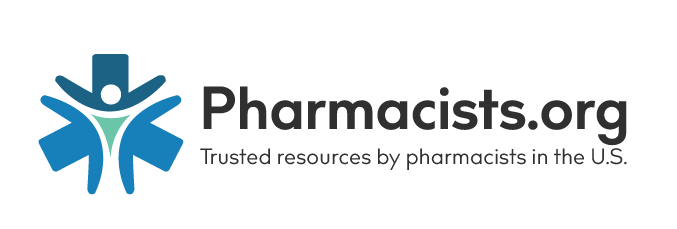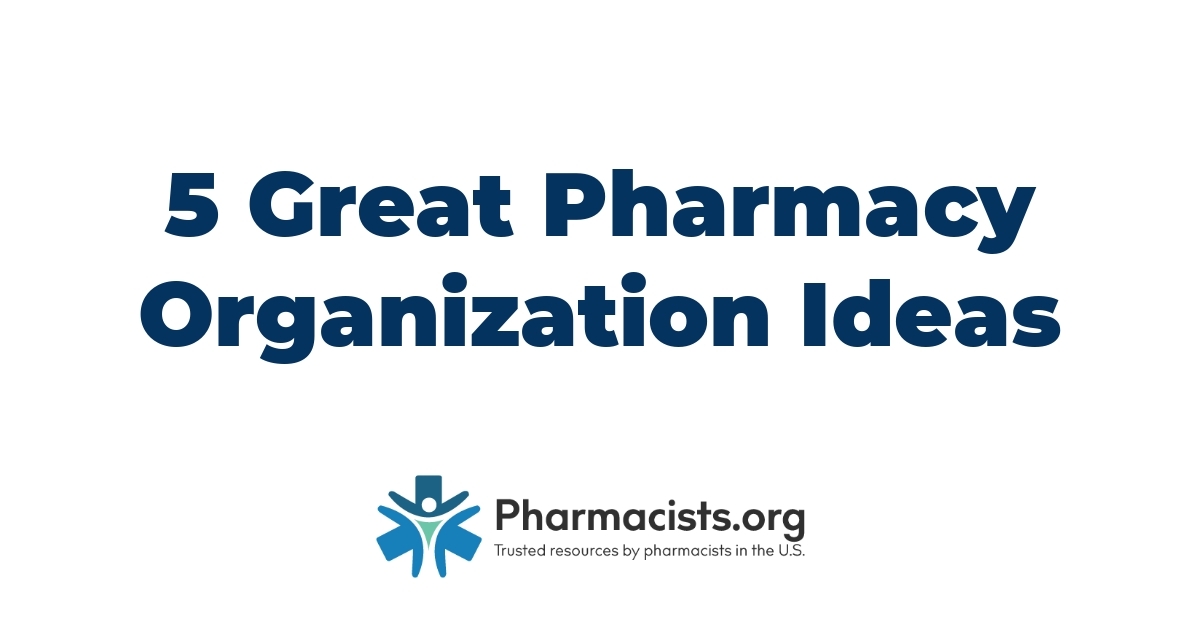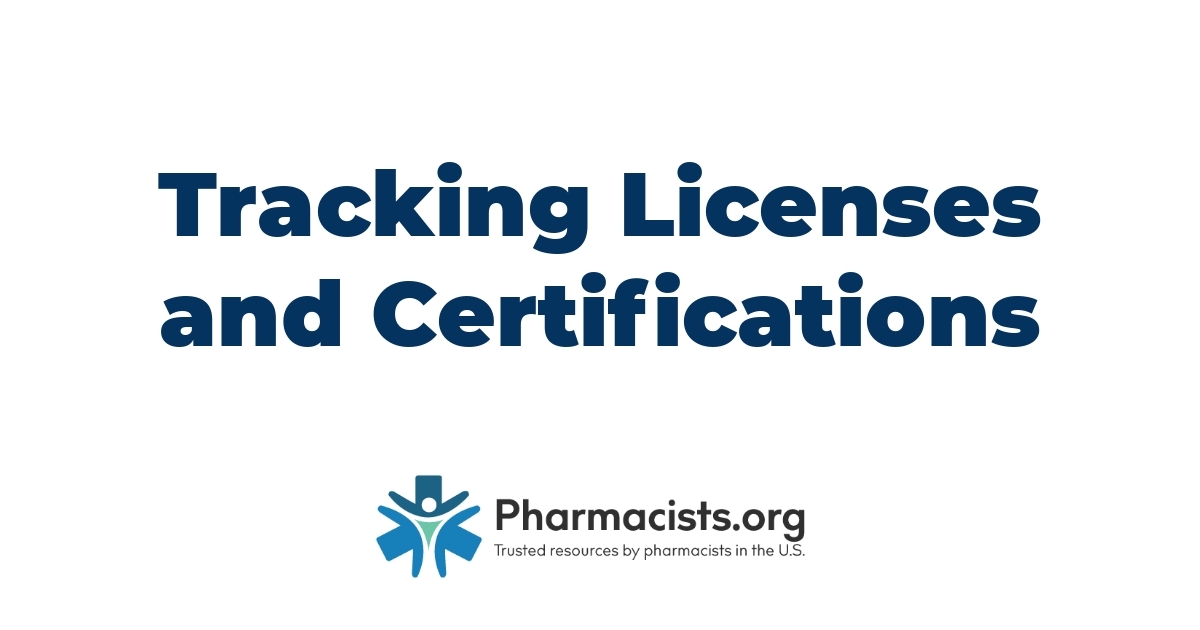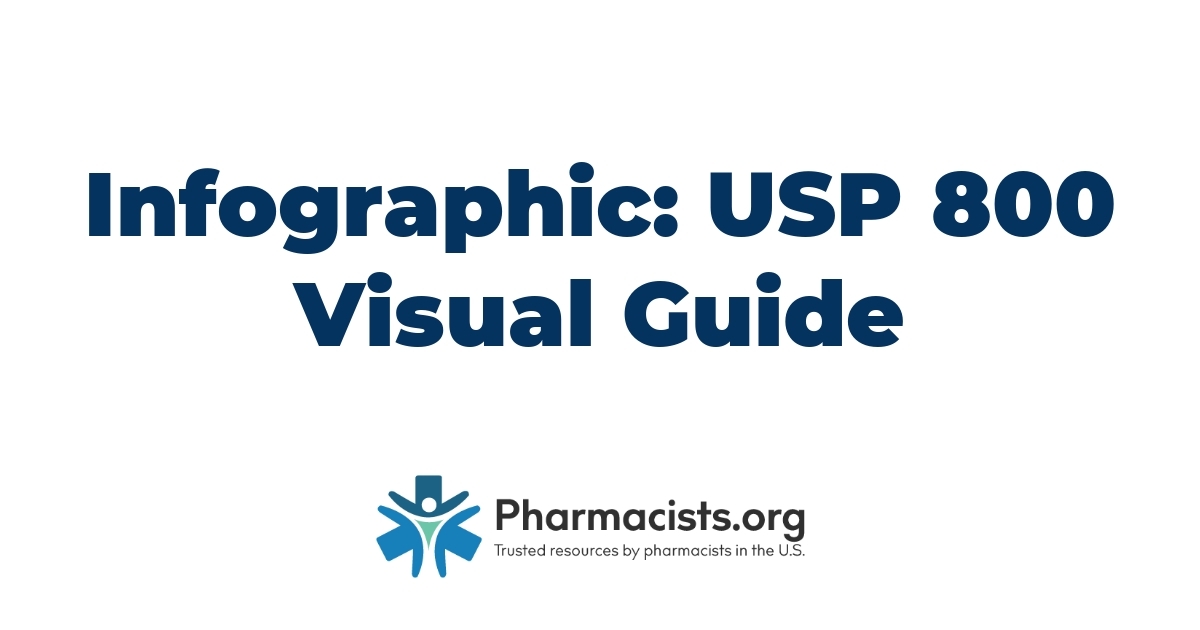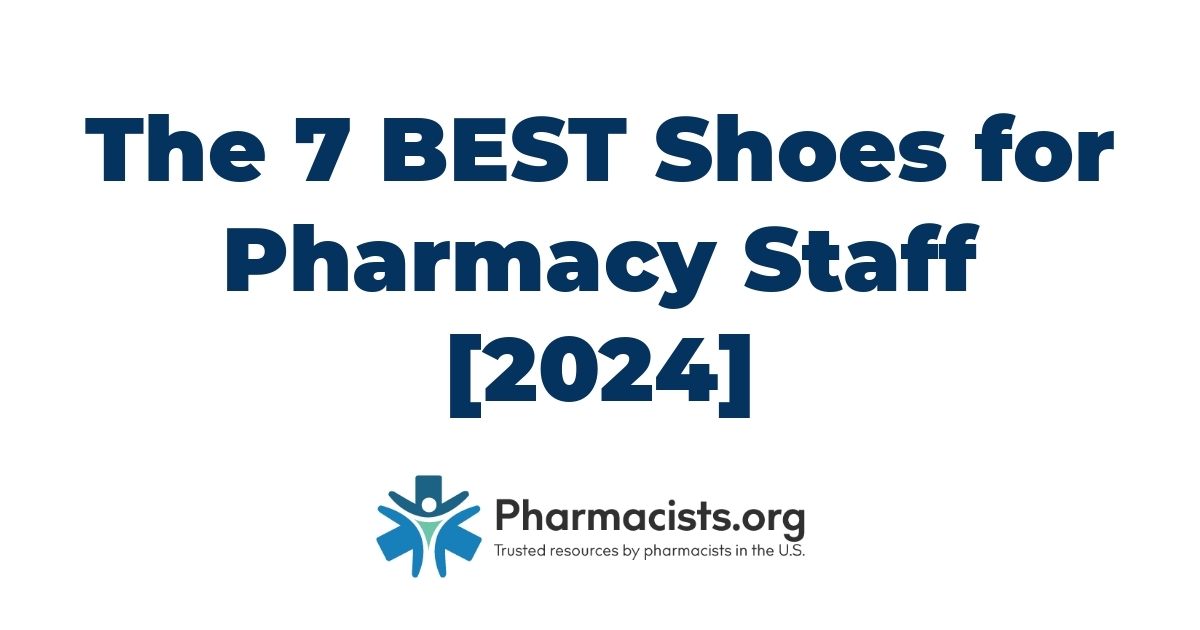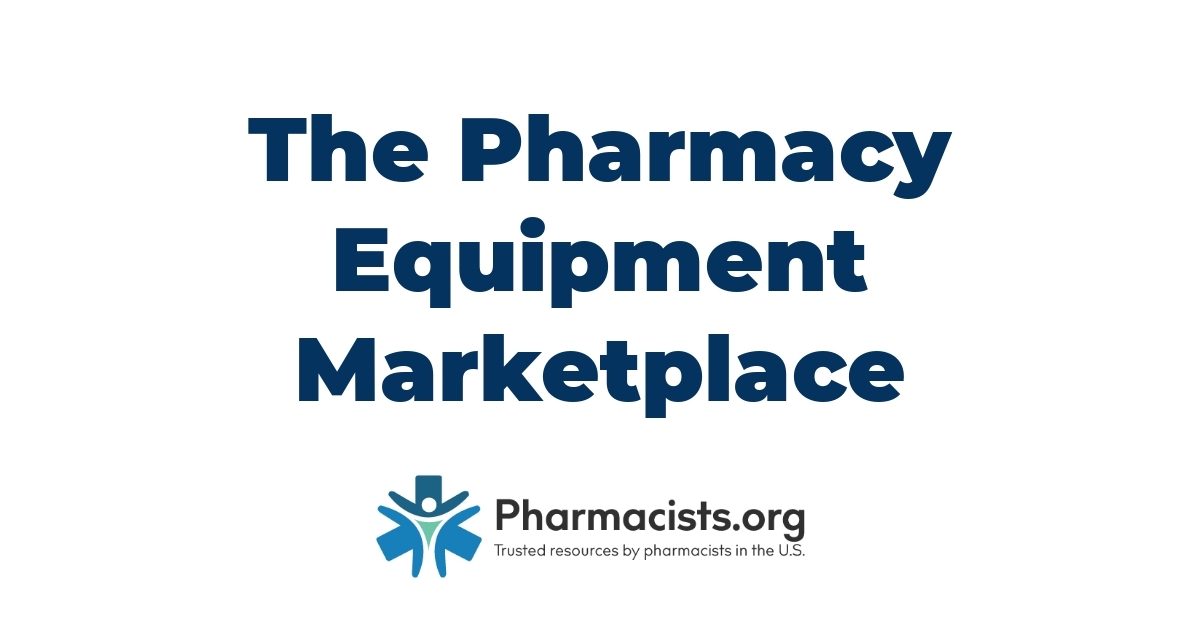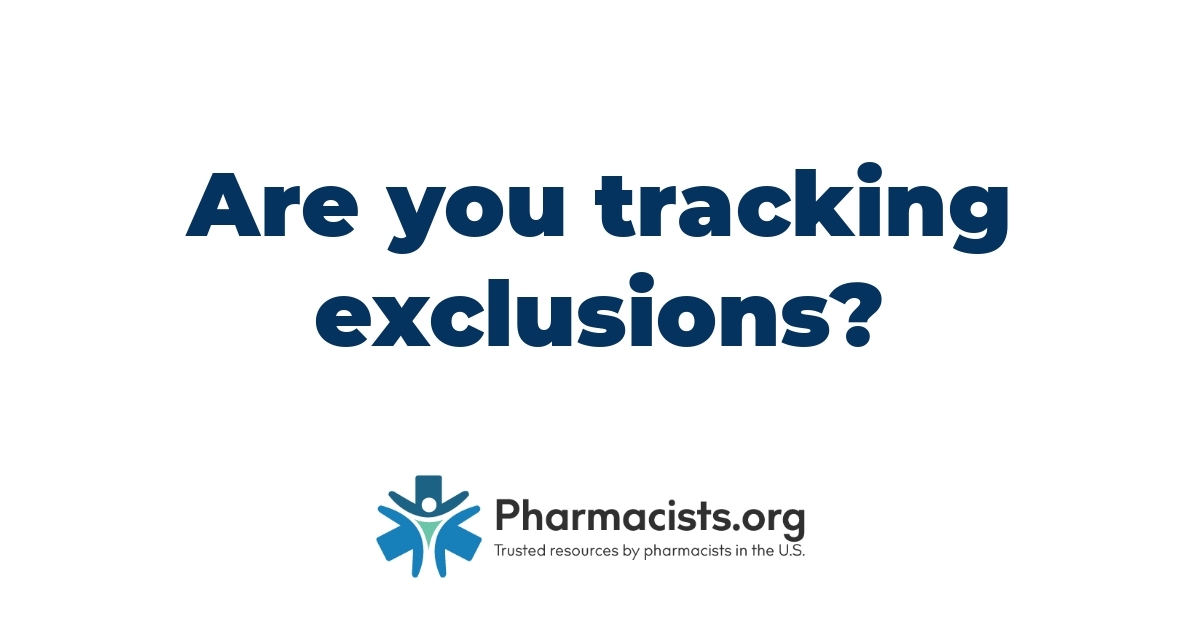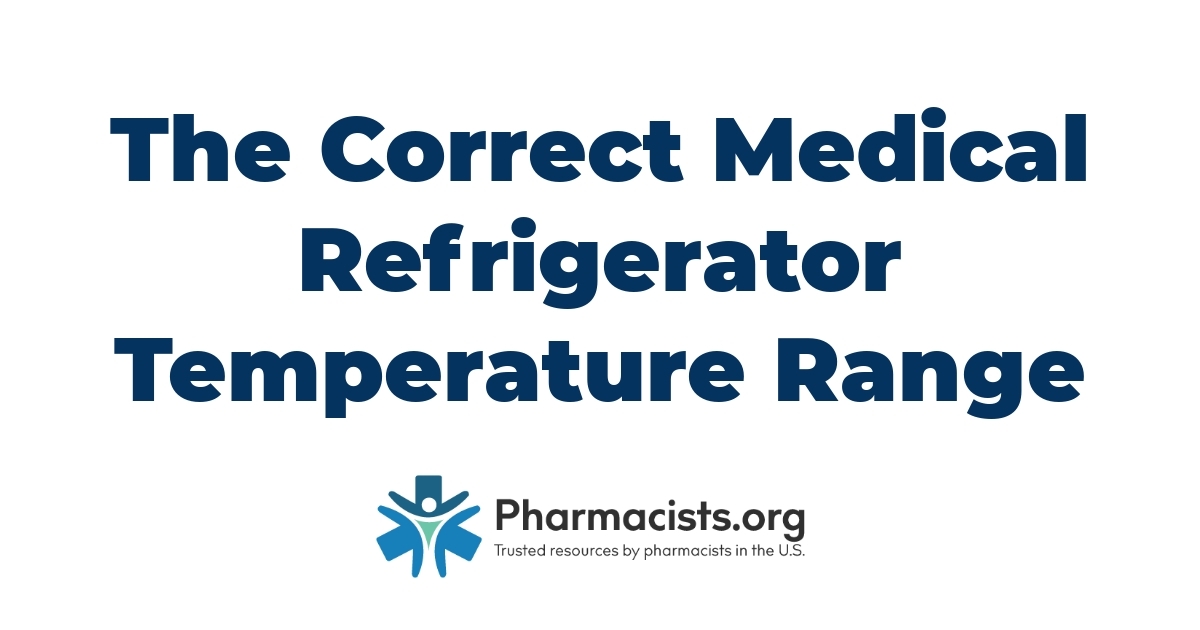It’s no secret that pharmacies are going to have to diversify their revenue streams and continue to expand on non-dispensing revenue in order to survive. This can take many forms, including boosting front-end sales, adding new services like MTM and chronic care management, and more recently pharmacogenomics.
With pharmacogenomics being so new, it can be hard to even know how to get started, where it fits in with your existing business model, and where to learn more on the subject.
In the spirit of PharmCompliance, this article won’t be discussing the clinical details of pharmacogenomics, but rather how to operationalize and build your genomics business.
OK let’s get started!
Where do I learn the clinical side of pharmacogenomics?
Thankfully, pharmacy schools and professional organizations have stepped in and started offering a lot of education in this area. Most people probably got little to no education in genomics in school (I only remember them droning on about VKORC1), so if you decide to get in the business you’ll need to get up to speed.
Here are a few to get you started in your search:
I’m not advocating one over the other, so do your homework.
OK that’s about all I’ll say on the clinical side. Now on to how to make it happen, and more importantly, how to grow your business with the service.
Do I need a lab or expensive equipment for this?
Absolutely not. Patients will typically have a genomics test ordered by their provider, and will then go to a commercial lab to have it done. Both Quest Diagnostics and LabCorp are in this business. They then send the results back to the provider’s office, just like they would any other test.
Should everyone get tested?
It’s not really cost-effective to test everyone, because there are going to be many patients on just a few meds that have not had any genes identified that affect response. Because of this, you’re going to need an efficient way to screen patients that might benefit from the service.
There are actually genomics software platforms that integrate with your pharmacy dispensing system to help you risk-stratify and determine who will benefit the most from the service. Examples include Rxight and MedTek21.
I am a pharmacist, community pharmacy consultant, and medical writer with over 12 years of clinical practice experience in community, outpatient health system, long term care, and academic settings. I am also the founder of PharmCompliance.com, a website dedicated to the success of community pharmacy.
As a pharmacy project manager, I led the implementation of new service lines, assist with ensuring legal and third-party compliance for over 70 retail stores, lead quality improvement and medication safety initiatives, write policies, procedures, and best practices for all our retail sites, and help with optimizing revenue cycle and pharmacy profitability. I have been responsible for DMEPOS and vaccine accreditation through CMS, obtaining new licenses and permits, and implementing a prescription drug kiosk embedded in our physician offices.
As a medical writer, my work has been featured in GoodRx, Pharmacy Times, Drug Topics, Patient Care Online, and in peer-reviewed journals. I have also given presentations on a range of topics, from disease state pharmacotherapy for medical residents to updates on the CDC vaccine storage and handling guidelines for a medical-grade refrigerator and freezer manufacturer. I have written and presented continuing education for CEImpact, FreeCE, AchieveCE, Ascension Health, and the Florida Department of Health.
